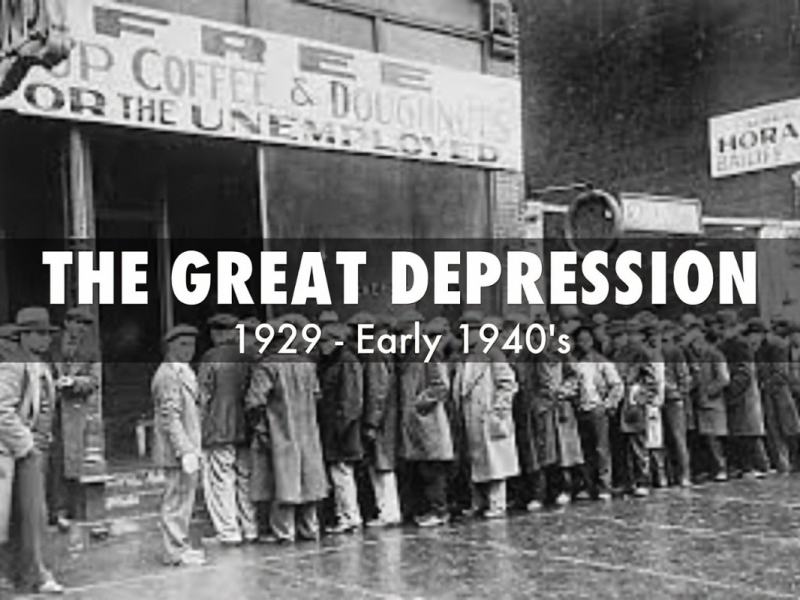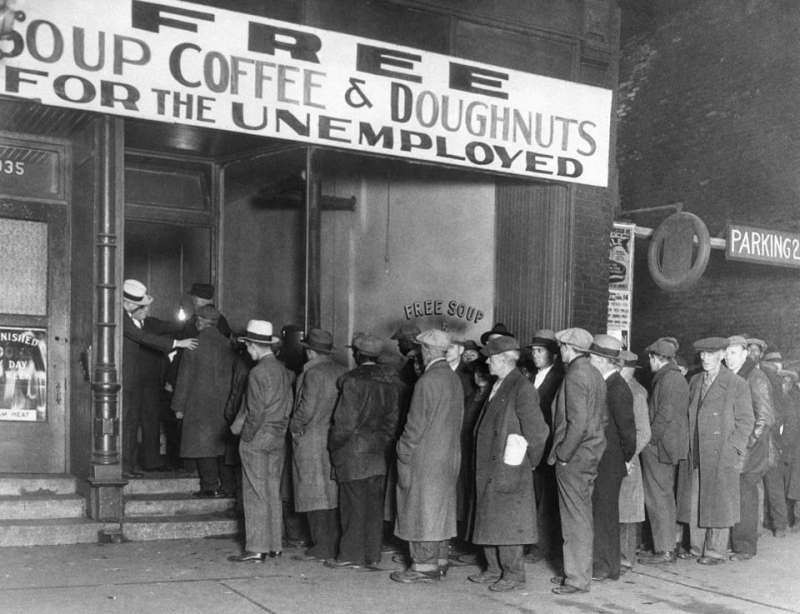The Great Depression of 1929–39
The Western industrialized world's most severe and protracted economic downturn was the Great Depression (1929–1939). Soon after the stock market disaster in October 1929, which paralyzed Wall Street and destroyed millions of investors, the Great Depression in the United States started. The following few years saw a reduction in consumer spending and investment, which resulted in sharp drops in industrial output and increased unemployment as faltering businesses laid off workers. When the Great Depression peaked in 1933, there were between 13 to 15 million unemployed Americans and nearly half of the nation's banks had failed. Although President Franklin D. Roosevelt's relief and reform initiatives helped mitigate the worst impacts of the Great Depression in the 1930s, the economy would not fully recover until after 1939, when World War II sped up American industry.
Most nations established relief initiatives, and the majority experienced some type of political upheaval that pushed them to the right. Many of the democracies that existed in Europe and Latin America had their governments overturned by a dictatorship or other type of authoritarian authority, most notably in Germany in 1933. The Dominion of Newfoundland willingly abandoned democracy.








